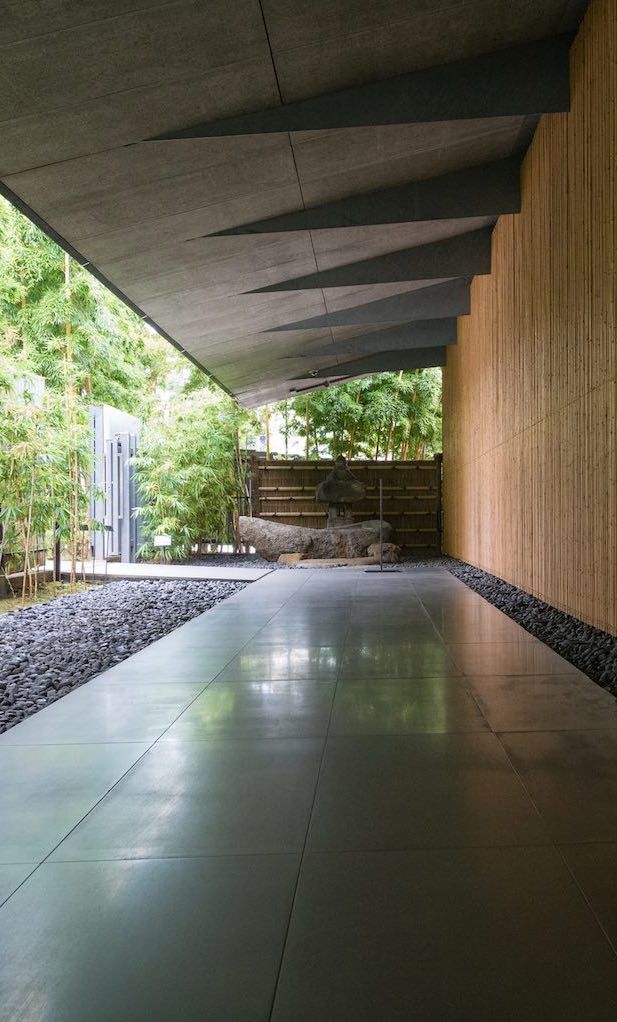
Through on-board artificial intelligence, mood-boosting lighting and more, Bentley’s new concept redefines the vehicle as a holistic, mindfulness-focused space.
Wellness
Our senses are where wellness and luxury overlap. From touch through to smell, sound and light, our senses convey meaning and emotion. For example, although flat touch interfaces are now de rigueur, researchers have found that a more tactile approach—whether simulated through haptic feedback or in the form of physical buttons and dials—has a more satisfying, communicative and, ultimately, more focused result.
"These are very human elements,” says Bentley designer Susan Ross, “scent is very much a memory trigger. The design is all about creating these emotional moments—it is both a visual and sensory feast.”
In the recently unveiled Bentley EXP 100 GT concept vehicle, Bentley’s designers have placed a renewed focus on physicality, as well as ensuring that materials evoke a sense of place and occasion. “When you sit in such an incredible environment, you can’t help but feel overwhelmed in a very positive way,” says Bentley’s colour and trim designer Cathy Bass.
Good design can improve wellness, enable us to shrug off fatigue and help us retain our focus on what’s important, from adaptable architectural environments that monitor light and air quality through to ergonomic advances and new ways to streamline the ever-increasing demands of information technology. Luxury design, however, takes wellness to another level. The Bentley EXP 100 GT concept vehicle is shaped around the demands of the driver, with all non-essential information concealed unless required. Screens are discreetly contained within surfaces, allowing instant engagement with the essential and ephemeral as and when required. David Leary, design manager for UX and design innovation at Bentley, explains how “the car is connecting you with the world. Establishing that sense of harmony is a big part of its story. It's about our journey in life and goes beyond the car”.
Design and technology can also enable character. Light, scent and touch have all been considered. Natural light—and the sophisticated simulation of natural light—can raise serotonin and heighten mood, allowing a journey to be a mental boost, a space to recharge and refresh. Aroma is also a consideration—leading olfactory consultant 12.29 created the car’s bespoke interior scent, blending earth tones of fresh moss with sandalwood.
Bentley worked closely with designer Moritz Waldemeyer on the concept’s lighting systems, embedding thousands of hidden LEDs to use as a shimmering canvas. The car can greet its owner with a dynamic display of light—rippling from the faceted crystal of the “smart matrix” front grille and the “Flying B” mascot down a central spine to the cabin. Inside, the on-board artificial intelligence, integrated into the cabin architecture in the form of a Cumbria crystal centrepiece, seamlessly adjusts to the driver’s experience through an array of biometric sensors that track mood, movement and even blood pressure, adjusting air quality, temperature and seat position in response.
Adaptable space has long been an integral part of yacht design and is even finding its way into high-end architecture, with kinetic spaces that respond to shifting natural light and functional requirements and dynamic systems of lighting and heating that respond to our own rhythms. The automotive interior offers similar opportunities. The Bentley EXP 100 GT has dynamic seating that can transform from four seats to two, with a centre console that offers an array of sybaritic functions depending on your mood.
Bentley has gone even further, creating different modes that tally with favourite journeys, places and even moods, shutting out quotidian views and low-quality air with a “Cocoon” mode, then opening up the senses with an “Enhance” mode that uses sophisticated filters and a network of crystal channels and fibre optics to harvest natural light and simulate an open-topped driving experience within a four-seat coupe body.
“Our concept is about being able to do more than one thing,” Ms Bass explains. “You could be cocooned or completely engaged with the driving experience. Everything is considered for its emotional connection, right down to the colour gradation.”
Ergonomics was one of the first sciences to be methodically applied to car design; today, technology is being used to address how light, air and even smell can be shaped and modified to suit individual desires. Bentley’s conceptual vision is in keeping with the visceral, tactile and analogue qualities that defined its forebears, using technology to help shape a soulful, emotionally rich experience.
Click here to find out more about the EXP 100 GT and explore Bentley’s vision for the future.


